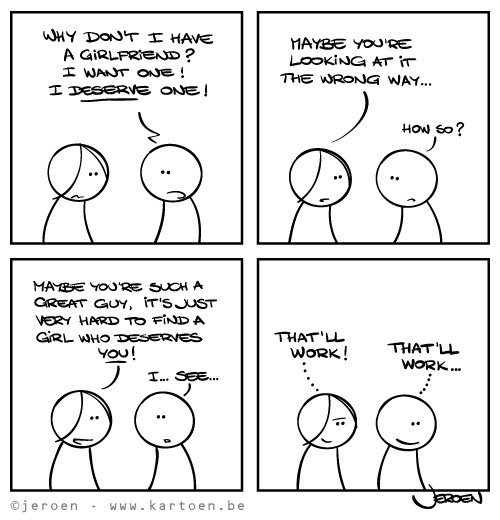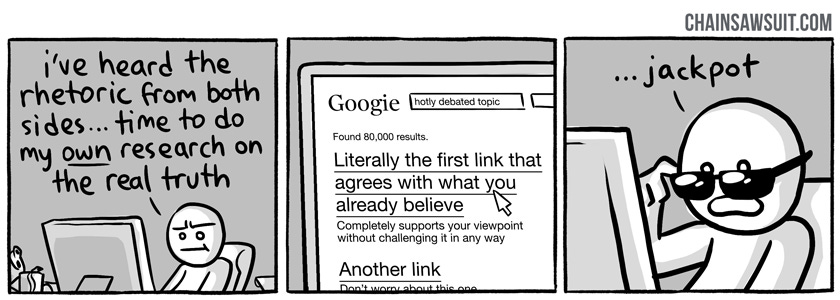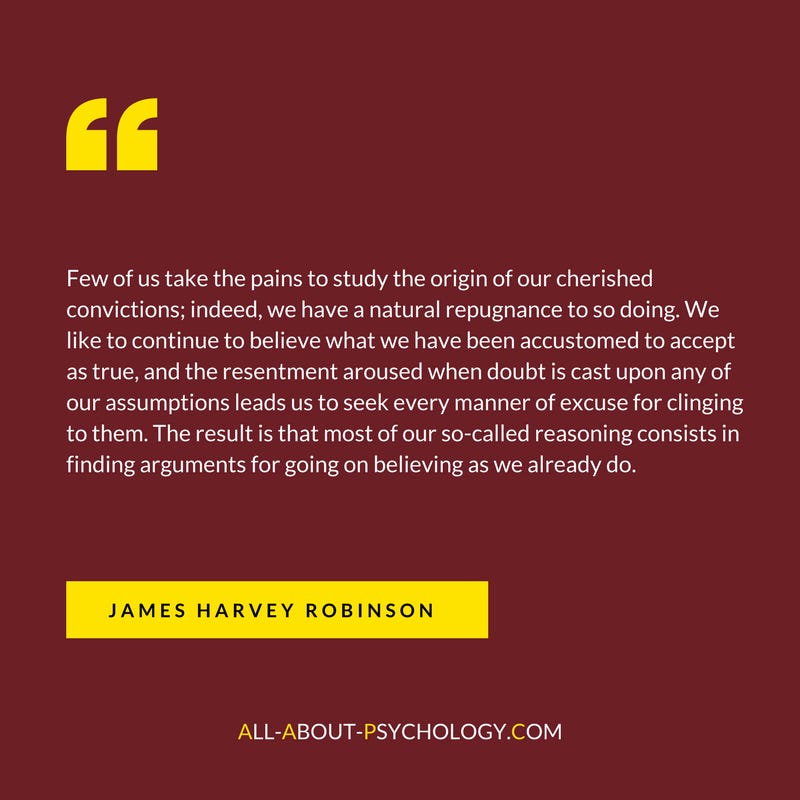Think Again: Discovering New Insights by Turning Ideas on Their Head
Our understanding of the world is often shaped by what is familiar or seemingly tried and tested. However, flipping a topic on its head can reveal new, sometimes surprising insights that change our perspective entirely, unlocking knowledge and understanding that might otherwise remain unexplored.
Begin challenging your assumptions. Your assumptions are the windows on the world. Scrub them off every once in awhile or the light won't come in. (Alan Alda)
I first encountered the idea of approaching a subject from a radically different perspective as a student many years ago, when I was introduced to Aaron Antonovsky's salutogenic model of health. Antonovsky coined the term "salutogenesis" (roughly translated as "origin of health") to advocate for a medical approach that seeks to identify factors that sustain health, as opposed to the traditional model focused on isolating the determinants of disease. Put simply, Antonovsky suggested that rather than investigating what makes people ill, we should turn that idea on its head and explore what keeps people well.
If you would like to learn more about Aaron Antonovsky’s Development of Salutogenesis, you can do so by Clicking Here.
I hope it will become clear in due course that my concern is no mere semantic quibble and that (here), as in all of science, how one poses the question is crucial to the direction one takes in looking for the answers. (Aaron Antonovsky).
Antonovsky's salutogenic model of health is not only a fascinating topic in its own right, but it also serves as a perfect introduction to the field of positive psychology, which emerged as an influential psychological domain toward the end of the 20th century.
Like Antonovsky’s model, positive psychology sought to turn conventional wisdom on its head. Rather than focusing solely on mental distress and maladaptive behavior—the primary focus of mainstream psychology for many years—the mission of positive psychology was to encourage the scientific study of strengths and virtues that have the potential to help individuals and communities thrive.
Psychological and Scientific Tools for Thinking Outside the Box
“Turning a topic on its head” isn’t just a creative exercise—it’s a powerful strategy with a range of well-defined approaches that help us rethink assumptions and deepen our understanding. Here’s a look at some of the terms and techniques that embrace this kind of thinking:
Paradigm Shift: Philosopher Thomas Kuhn introduced this concept to describe a fundamental change in the basic assumptions of a scientific field. When we challenge established views, as Aaron Antonovsky did with his salutogenic model of health, we may initiate a paradigm shift, paving the way for entirely new approaches.
Reframing: In cognitive-behavioral therapy, reframing is a technique that encourages viewing situations or thoughts from a fresh perspective. This can yield surprising insights and often reveals alternatives we hadn’t considered before. Reframing also allows us to turn a topic around to see hidden layers and possibilities.
Counterfactual Thinking: This type of thinking involves imagining alternative outcomes or “what might have been” scenarios. Counterfactual thinking is a powerful way to explore ideas by considering the opposite or “what if” versions, helping us to appreciate overlooked insights or options.
Dialectical Thinking: This approach encourages examining ideas from opposing viewpoints, seeking a balance or synthesis that incorporates both perspectives. In psychology, dialectical thinking is foundational to therapies like Dialectical Behavior Therapy (DBT), which aims to integrate acceptance and change.
Deconstruction: Borrowed from philosophy and literary analysis, deconstruction is about breaking down assumptions to understand how concepts are constructed. This technique can reveal hidden influences and challenge conventional interpretations, providing a new way of viewing the world.
Lateral Thinking: Coined by Edward de Bono, lateral thinking is about approaching problems from unexpected angles. It encourages us to look beyond traditional thought processes and consider unconventional solutions—perfect for tackling complex psychological questions.
Inversion: Inversion flips an assumption or hypothesis to explore an opposite scenario. By asking “what if the opposite were true?” we can recognize hidden biases or discover new insights, often leading to more creative thinking.
Perspective-Taking: This approach is common in social psychology and involves putting oneself in someone else’s shoes to view a situation from their standpoint. While often used in understanding social behaviors, perspective-taking also helps in thinking differently by allowing us to see issues from various lenses.
Each of these strategies reflects the value of questioning our assumptions and thinking beyond the surface. When we use these tools, we often uncover insights that we might have otherwise missed, opening new avenues for learning and growth.
Did you know? The expression "thinking outside the box" originated from a classic 1970s puzzle that challenged people to connect nine dots arranged in a 3x3 grid using only four straight lines—without lifting their pen or retracing any lines. The solution required drawing lines that extended beyond the "box" formed by the dots, inspiring the phrase as a metaphor for creative, unconventional problem-solving.
Psychology Class Activity
Here's a simple activity that psychology teachers can use to get their students to challenge their assumptions.
After introducing students to the concepts behind both Antonovsky’s salutogenic model of mental health and the positive psychology movement, start with the following exercise. First, ask students to come up with words that could be inserted at the beginning of these statements, creating completed sentences that they believe everyone would agree with:
______ is always good
______ is always bad
You might want to offer an example for each, such as:
Kindness is always good
Rudeness is always bad
Next, ask your students to choose one of these completed statements and challenge them to find ways to undermine it. To illustrate what you mean, use the 'rudeness is always bad' statement as an example by outlining five ways rudeness can actually be a positive experience - because as the authors of this great article note:
"We know that rudeness is a stressor with adverse impact on well-being, job satisfaction and work performance, so you’d be forgiven for thinking that it is both insidious and a wholly negative experience. But surprisingly, our recent study into the experience of rudeness within a mental health context found that it can also be viewed positively, or at least used in a positive way."
The beauty of this assumption-busting exercise is that it’s not limited to what people perceive as universally agreed statements. It can also be used to encourage students to reflect on their own strongly held personal beliefs. To do this, have them choose a statement they either strongly agree or disagree with (topics such as politics, gun control, religion, or the environment work well). Then, ask them to produce a written rebuttal to their chosen statement, seeking information and evidence that contradicts their own belief.
Many students will find this exercise challenging, which in itself offers a valuable learning opportunity. Insofar as it highlights the role of confirmation bias, as students realize that their previous focus has likely been on information supporting their views, while overlooking opposing perspectives.
Taking the Lesson into Everyday Life
Thinking from different perspectives isn’t just a valuable exercise in the classroom—it can enhance our lives in countless ways. By questioning our own assumptions, we can develop a more balanced understanding of the world. Here are a few prompts to reflect on:
What’s a belief you hold strongly? Try exploring the opposite perspective. For instance, if you value resilience, consider how vulnerability or seeking help might have benefits.
How might turning your perspective around help in your personal relationships? Perhaps you can see an argument from the other person’s point of view or recognize that something “bad” that happened ultimately had some unexpected positives.
In psychology, as in life, the willingness to turn a topic on its head opens doors to new insights. So the next time you’re faced with a question, an argument, or a deeply held belief, consider taking a different view. You may find that in challenging what you think you know, you’re expanding your own understanding—and maybe even uncovering surprising truths.
As you reflect on this approach, remember that turning an idea on its head isn’t about discarding everything you believe; it’s about enriching your understanding by seeing more sides of the story. Sometimes, the biggest discoveries lie in the ideas we never thought to question.
Don't forget to visit the All About Psychology Amazon Store to check out an awesome collection of psychology books, gifts and T-shirts. Sales help support All-About-Psychology.Com, a website providing free and comprehensive information and resources for psychology students and educators since 2008.
Stay in the know! The All About Psychology newsletter is your go-to source for all things psychology. Subscribe today and instantly receive my bestselling Psychology Student Guide right in your inbox.
Upgrade to a paid subscription and also get the eBook version of my latest book Psychology Q & A: Great Answers to Fascinating Psychology Questions, as well as regular psychology book giveaways and other exclusive benefits.








This was a great article David! That's so interesting you mentioned Antonovsky's work. One of my former Master's students was heavily influenced by his work, looking at the factors that promote "post-experience growth" in expeditioners who to go isolated, contained, and extreme environments like space or Antarctica. Here's one of his papers in case you're interested: https://www.sciencedirect.com/science/article/abs/pii/S0094576523003375
Interestingly also that you mentioned the nine dots problem. For years I taught mindfulness based stress reduction (MBSR) and that was one of the first exercises we had participants do.
I enjoyed reading this article and appreciated the classroom activities (that really anyone could do) - thanks!